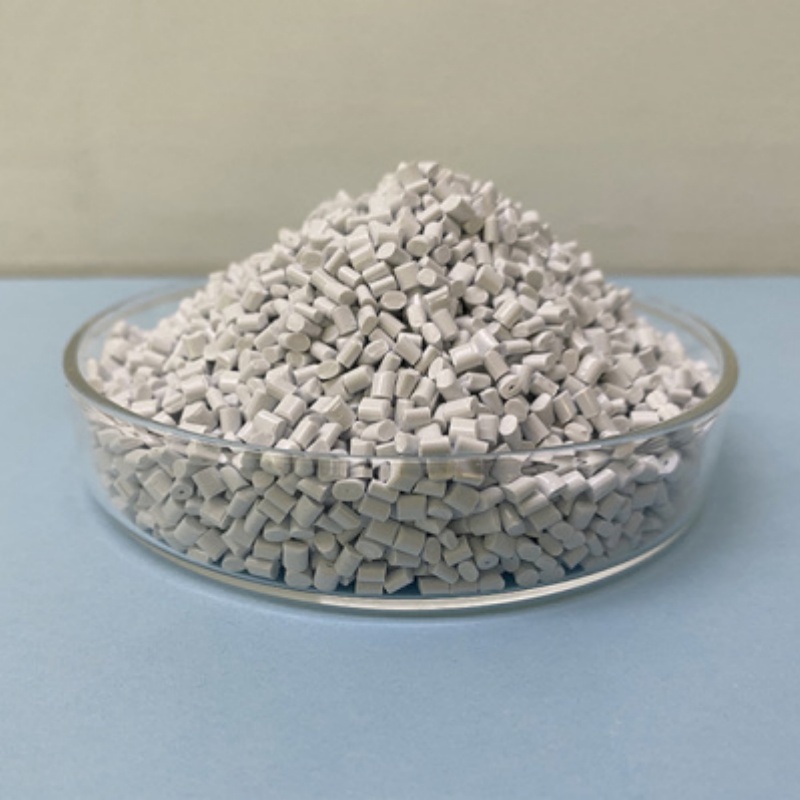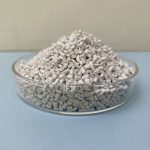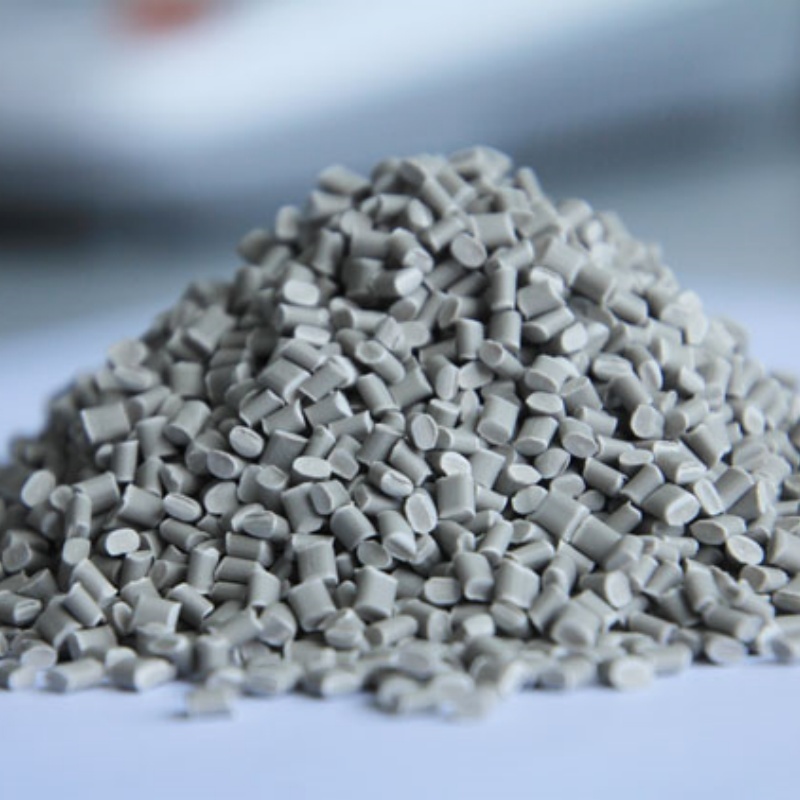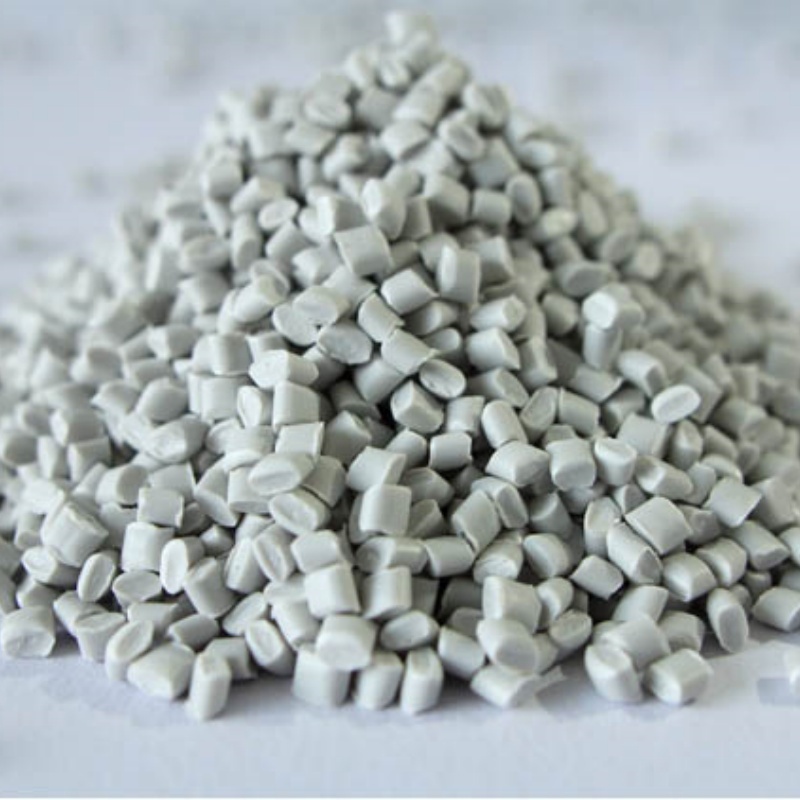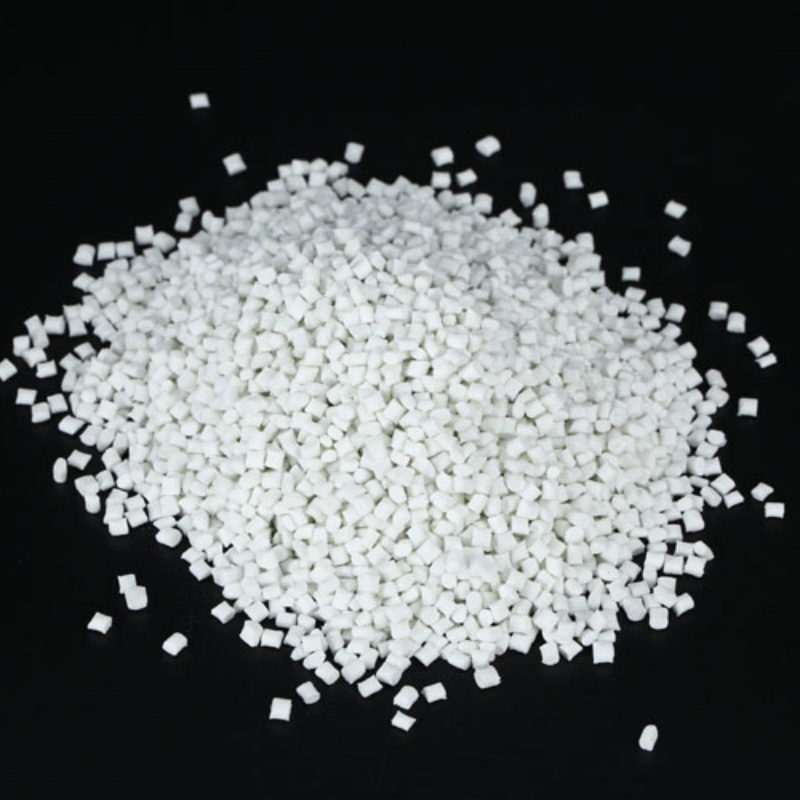Antistatic ABS material provides optimized electrostatic dissipation, superior mechanical strength, and enhanced surface durability. Designed for electronic housings, automotive components, and industrial applications, it ensures reliable performance, extended lifespan, and high adaptability.
Product Overview
Antistatic ABS Material is an engineered plastic designed to prevent static electricity accumulation. It combines the excellent mechanical properties of ABS with effective antistatic performance, making it ideal for applications that require static protection. This material is widely used in industries such as electronics, precision instruments, and medical equipment, where preventing static damage to sensitive components is crucial.
Key Features
- Antistatic Performance: Effectively inhibits static buildup, making it suitable for electronic device enclosures and other static-sensitive applications.
- Good Mechanical Properties: Provides excellent impact resistance and wear resistance, ensuring the product remains durable and intact during use.
- Excellent Processability: Easy to process with good moldability, ideal for mass production via injection molding, extrusion, and other manufacturing processes.
- Chemical Resistance: Exhibits resistance to a variety of common chemicals, making it adaptable to various industrial environments.
Applications
- Electronic Device Housings: Used in the production of enclosures for electronic products, household appliances, and other devices, offering effective protection against static interference or damage to internal circuits.
- Precision Instrument Housings: In precision instruments and medical equipment, the material provides essential antistatic protection, ensuring the stability and reliability of devices.
- Antistatic Packaging: Ideal for the manufacture of antistatic packaging materials, ensuring that electronic components are protected from static during transportation and storage.
| Test Properties | Unit | Test Method | Test Condition | Typical Value |
| Physical Properties | ||||
| Density | g/cm³ | ISO 1183 | 1.03 | |
| Filler Content | % | ISO 1172 | - | |
| Mold Shrinkage | % | ISO 294 | Parallel: 0.46, Vertical: 0.46 | |
| Mechanical Properties | ||||
| Tensile Strength | MPa | ISO 527 | Type I sample, 50mm/min | 41 |
| Elongation at Break | % | ISO 527 | Type I sample, 50mm/min, Gauge length 50mm | 3 |
| Flexural Strength | MPa | ISO 178 | 23℃, 10mm/min | 68 |
| Flexural Modulus | MPa | ISO 178 | 23℃, 10mm/min | 2210 |
| Izod Impact Strength (Notched) | KJ/m² | ISO 180 | 23℃ | 22 |
| Charpy Impact Strength (Unnotched) | KJ/m² | ISO 179 | 23℃ | - |
| Thermal Properties | ||||
| Melting Point | ℃ | ISO 11357-1 | - | |
| Heat Deflection Temperature (HDT) | ℃ | ISO 75 | 0.45MPa: 91, 1.8MPa: 82 | |
| Flammability | ||||
| UL Flammability Class | UL-94 HB | |||
| Electrical Properties | ||||
| Surface Resistivity | Ω | IEC60093 | 10000000000000 | |
| Volume Resistivity | Ω·cm | IEC60093 | 1000000000000000 |
 new material
new material

